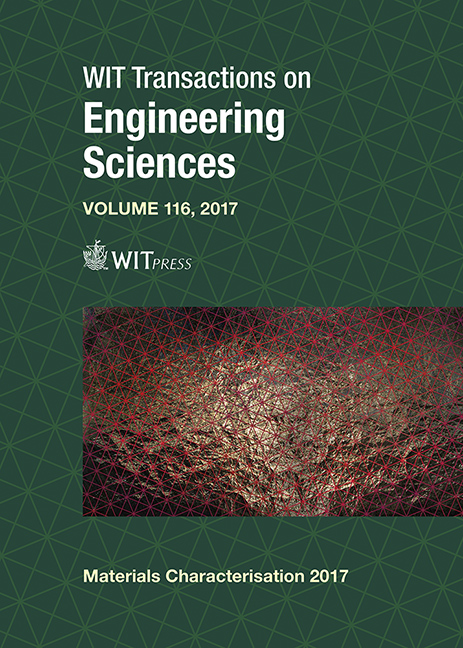THE DEPENDENCE OF REVERSE RECOVERY TIME ON BARRIER CAPACITANCE AND SERIES-ON RESISTANCE IN SCHOTTKY DIODES
Price
Free (open access)
Transaction
Volume
116
Pages
8
Page Range
15 - 22
Published
2017
Size
423 kb
Paper DOI
10.2495/MC170021
Copyright
WIT Press
Author(s)
OLEKSANDR VEHER, NATALJA SLEPTSUK, JANA TOOMPUU, OLEG KOROLKOV, TOOMAS RANG
Abstract
It is well known that reverse recovery time (τrr) is important when a diode is used in a switching application. It is the time taken to switch the diode from its forward conducting or ‘ON’ state to the reverse ‘OFF’ state. As a result, there is reverse current overshoot when switching from the forward conducting state to the reverse blocking state. The time is needed to remove the reverse recovery charge (Qrr) as a Schottky diode is normally measured in nanoseconds, ns. Some diodes exhibit τrrs of 100p/s. The experimental part consists of the measurements of the reverse recovery time on a special tester – LEMSYS DMS dynamic parameter system – the SiC Schottky diodes C3D10060A are used. In the present work, measuring the results of reverse recovery time depends on additional resistors and condensers connected to the initial diode. It has been shown that the recovery time is mostly determined by the barrier capacitance, and should not depend on the resistance of the base.
Keywords
reverse recovery time, Schottky diode, barrier capacitance, series-on resistance





